Present in their paintings, pottery, and even tattoos, Viking knots later were adopted by Christians as a symbol of the Holy Trinity and used to decorate churches and religious manuscripts.
When wondering to yourself, Did Vikings Use Celtic Knots? Consider that Celtic knots were actually an important element used by both Celts and Vikings in their artwork.
Vikings used Celtic knots, but there are significant differences between the symbols used by old druids and those that embellish the fierce warriors’ ale horns. We will walk through the history and differences of these interwoven patterns used by both Celtic and Norse cultures.
Photo by Barnabas Davoti: https://www.pexels.com/photo/photograph-of-a-brown-wooden-sailboat-8876098/
What is the history of Viking Knots?
Historic Background
Celtic knots originate in the third century AD, in the late Roman Empire. However, the oldest knotwork comes from the Dublin area, and it seems to have its roots in Neolithic times.
The ancient druids used the Celtic spiral knot to decorate temples and other spiritual monuments. As a symbol of eternal life and movement through the cosmos, the Celtic spiral knot was used as a token of love in the Scottish regions.
The Vikings raided the shores of the Scottish Orkney Islands during 1200AD, the same period when the Celtic knots started to appear in their artwork. They even made their way down to Cornwall and Ireland.
Photo by Daisa TJ: https://www.pexels.com/photo/man-holding-sword-3408420/
The similarities between the Celtic knots used by the Celts and Vikings are apparent, although there are some differences. Next, we will examine these differences and how the Vikings changed the Celtic symbol.
Viking Knots
The first difference when examining Celtic knots used by Vikings is their looser form. Celtic knotwork is more symmetrical, denser, and abstract. Also, the knots used by Celts include abstractions of vegetation like trees, ivy, or mistletoe.
The Viking knots often incorporate animal figures such as dragon heads. One of the most used Viking knotwork forms is the Valknut or the Knot of the Slain. This knot symbolizes the dead warriors who ascended to Valhalla after their death in battle. Becoming part of Odin’s army, these warriors will fight during Ragnarok for the sake of the world.
The meaning of the three interlocking triangles is the cycle of life and death. Also, the nine points symbolize the nine worlds of Norse mythology.
At a closer look, the Valknut is quite similar to the Celtic knot known as triquetra. Triquetra, adopted by the Christians as a symbol of unity and the Holy Trinity, has a round shape compared to the Norse Valknut.
Although the original significance of the Valknut is lost to time, nowadays, its meaning is related to courage, bravery, and destiny throughout this life and the next one.
Modern Symbolism of Celtic Knots
Although the times of the fierce Viking warriors are long gone, the symbols and elements of their culture still have a significant impact. These knots have a mixed symbolism between the power of faith and love and are used to adorn delicate jewelry or clothing.
Like the ancient Norse populations, many people choose Celtic knots for tattoo designs, thus gaining strength from the powerful meaning behind the intricate shapes. Also, many young people choose jewelry inspired by the Celtic knots as a token of love.
Celtic knots often appear in handmade jewelry collections that are unique and inspired by true Celtic symbols. Feel free to shop here for jewelry to gift your loved ones, thus proving your friendship, loyalty, or love.

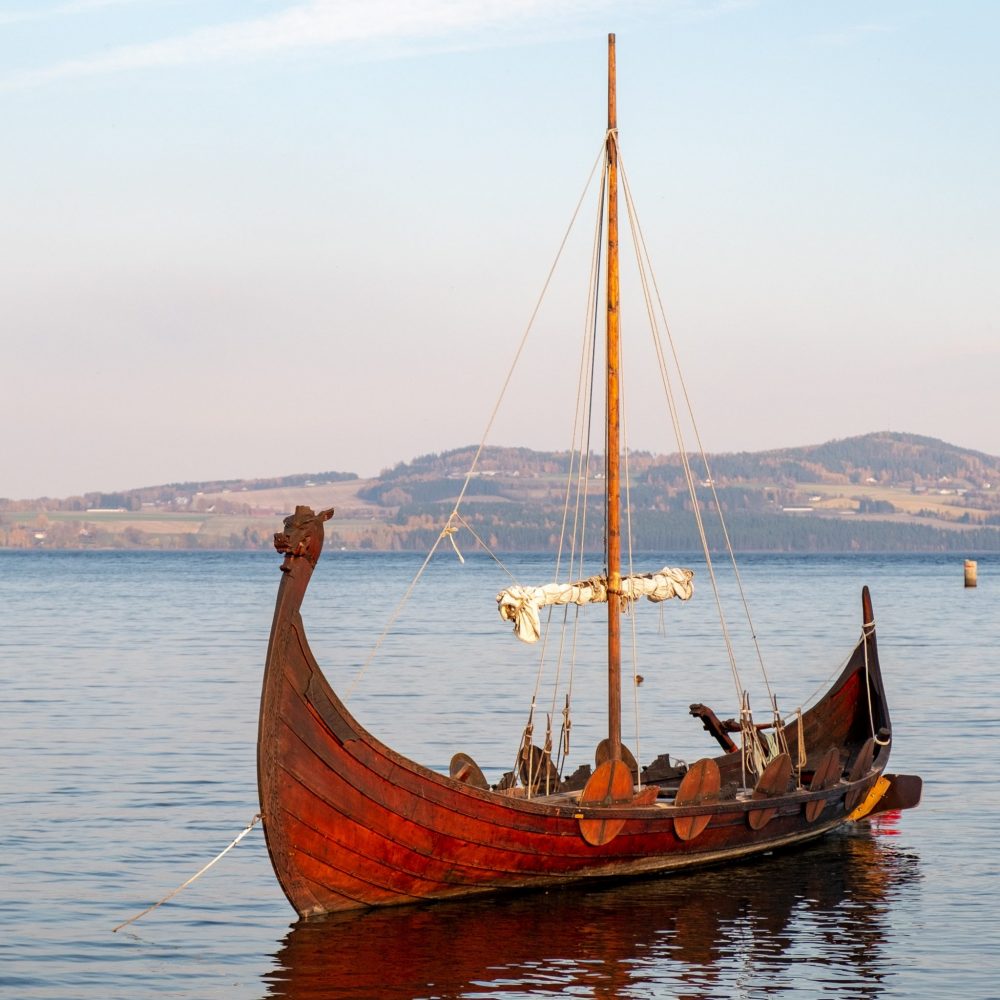
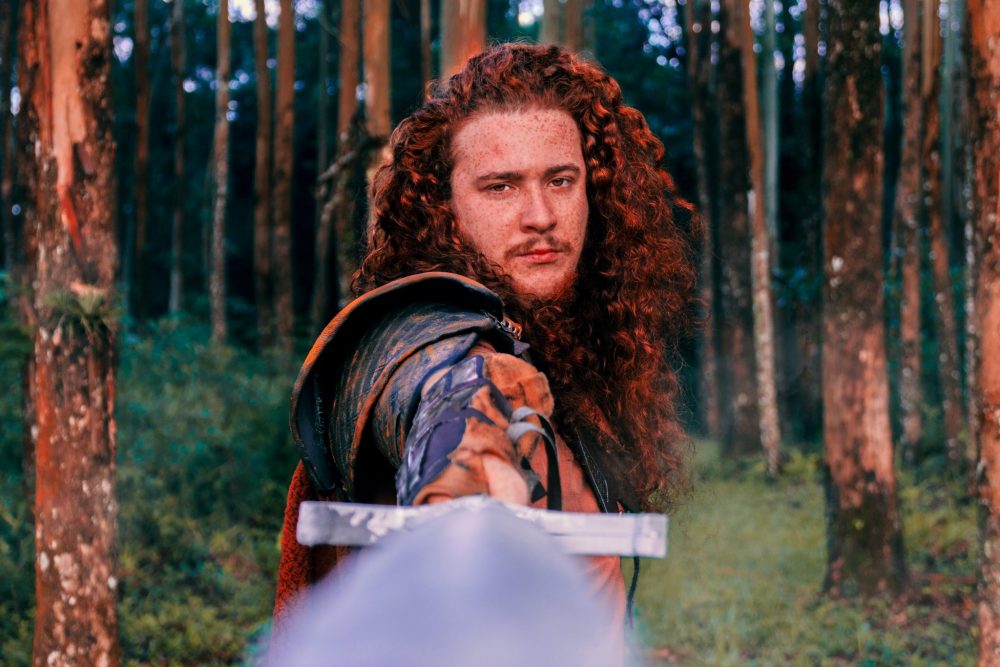
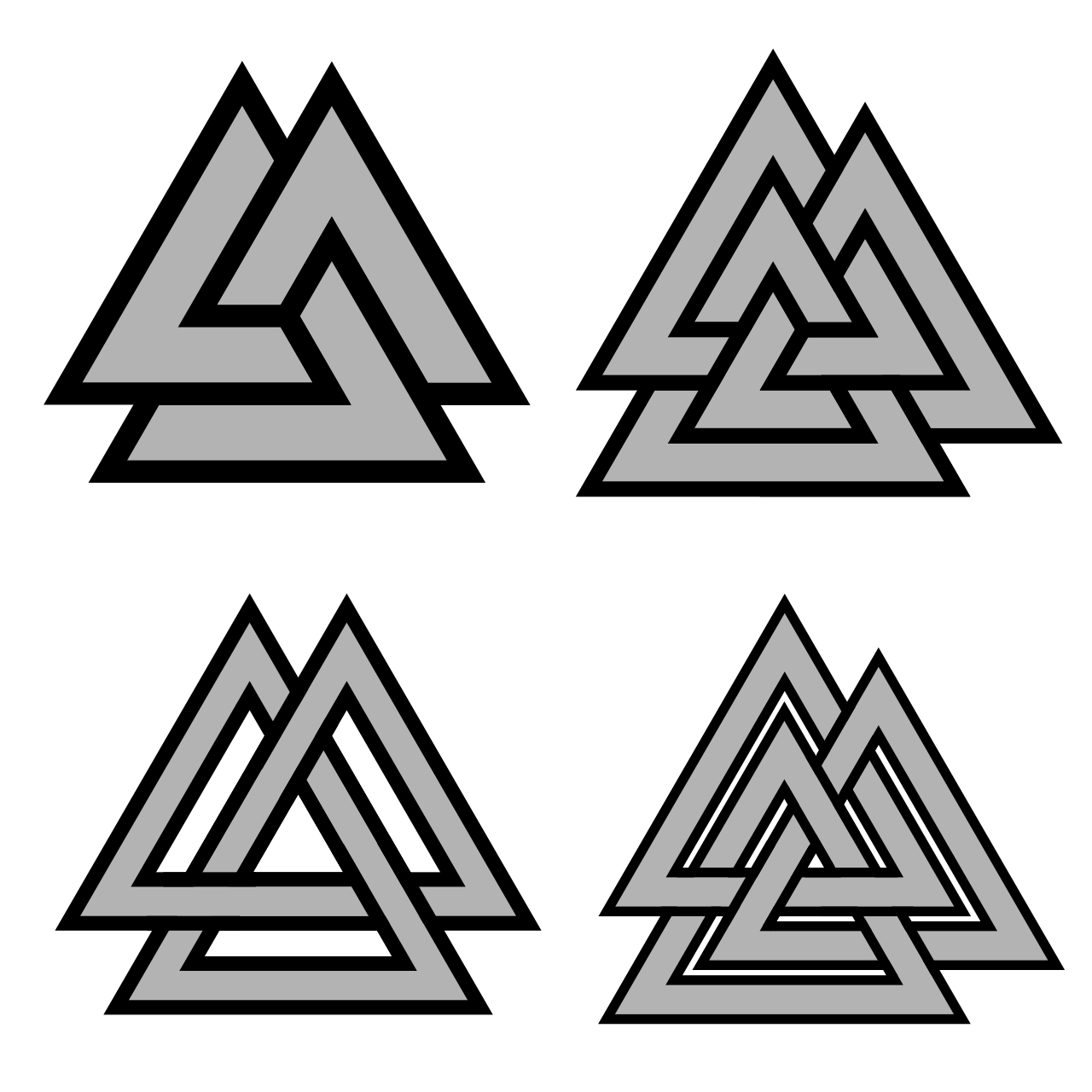
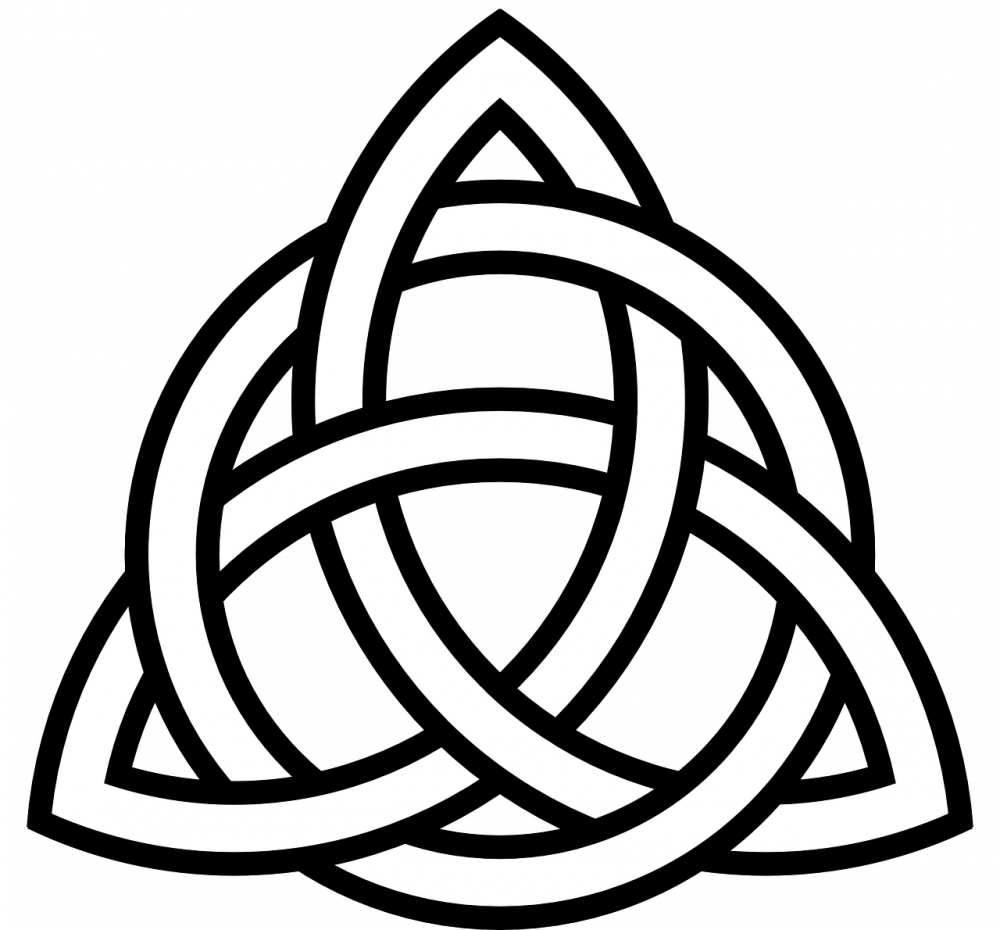
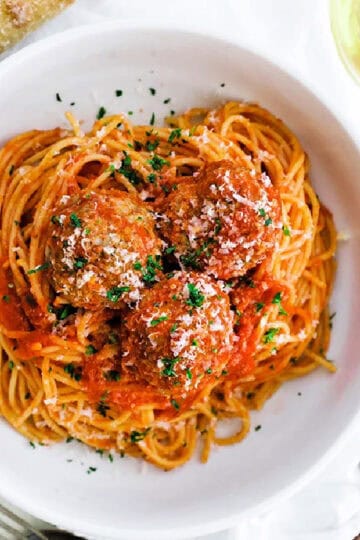

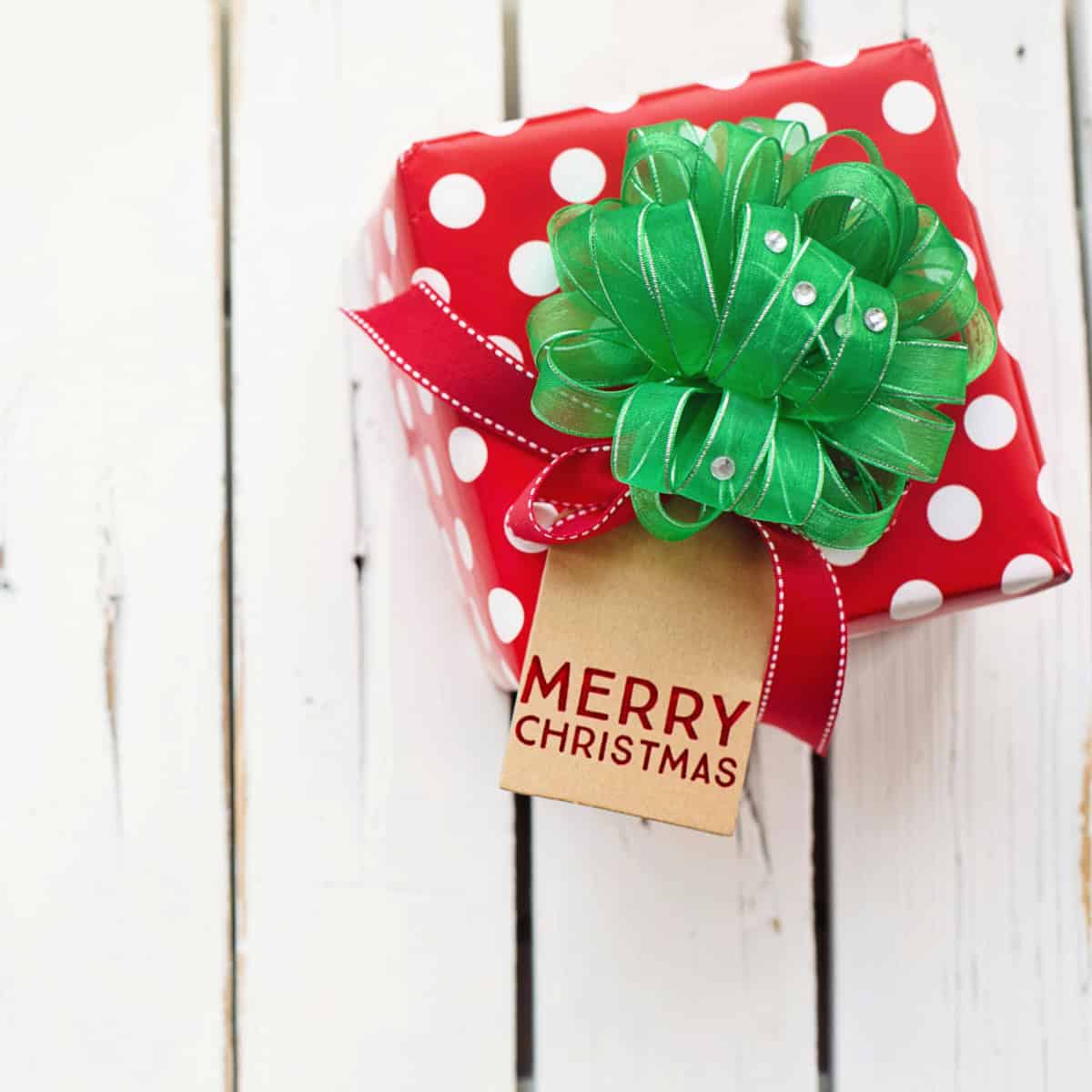
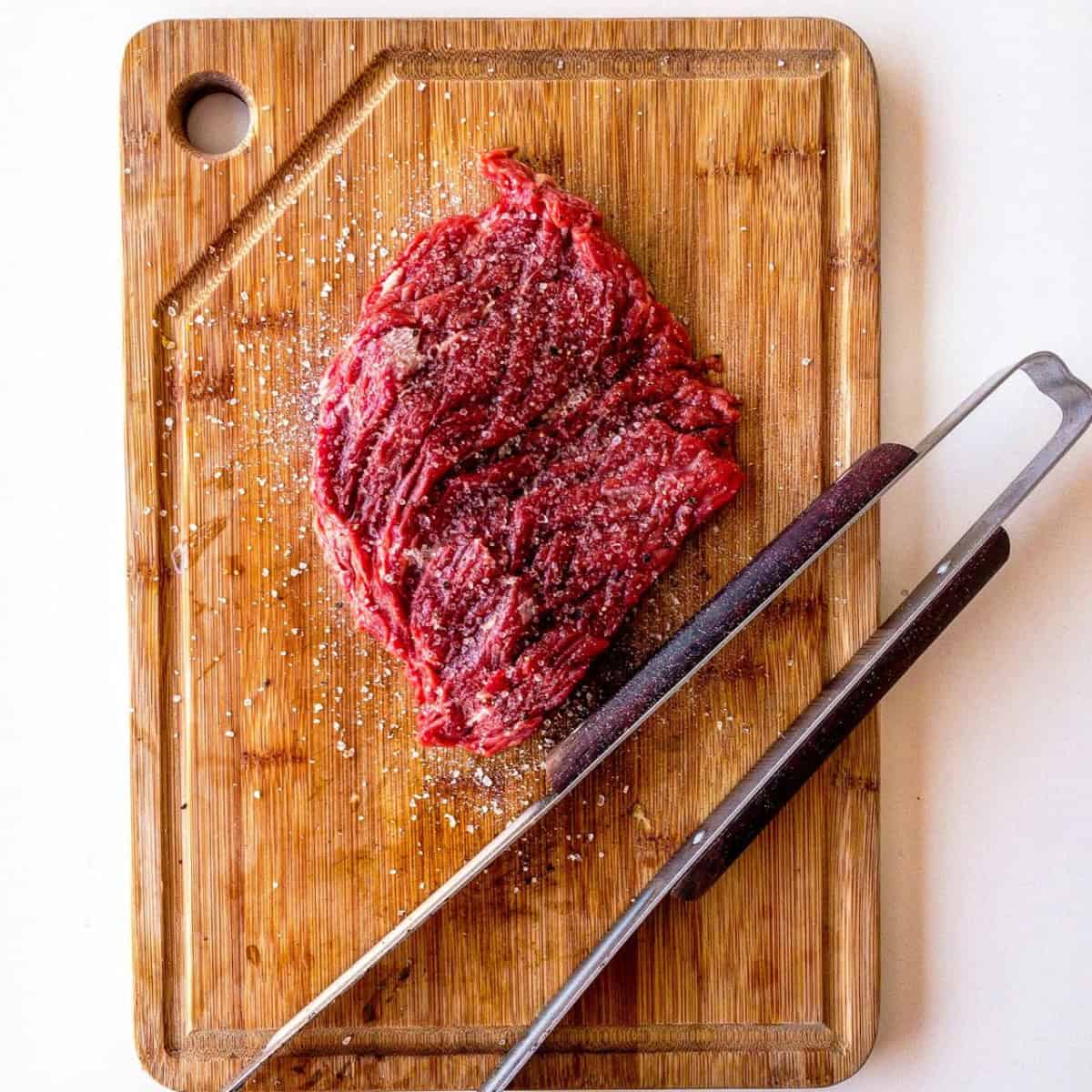
Tom Judge says
I was about to order a nice earring with the Valknut symbol, but then read it has been adopted in modern times by groups repugnant to me (neo nazis, white supremists). I still want to wear it as the cycle of life and death has special meaning to me but obviously I don't want to give the wrong idea. Any thoughts?
This may be the case with other Norse symbology as well?
Tom